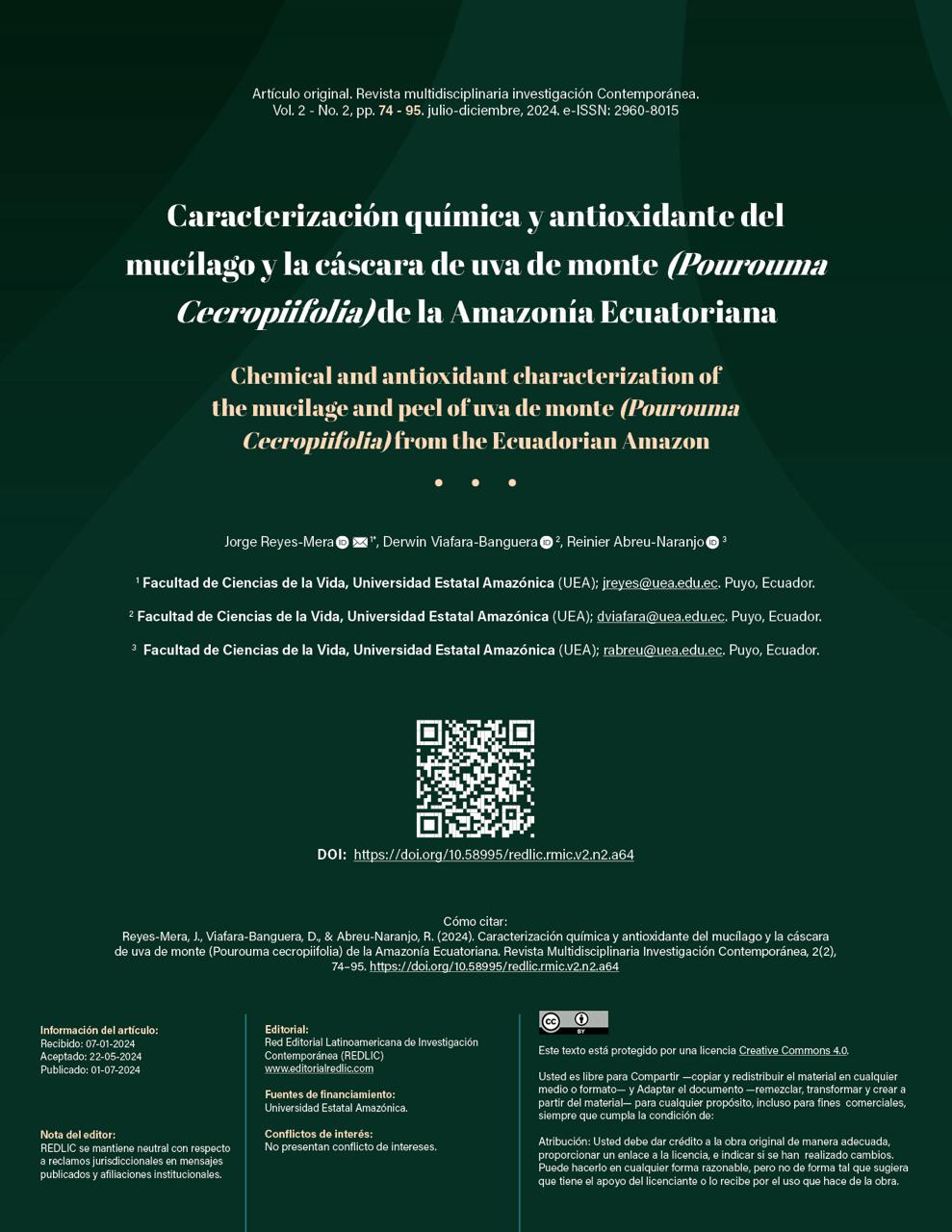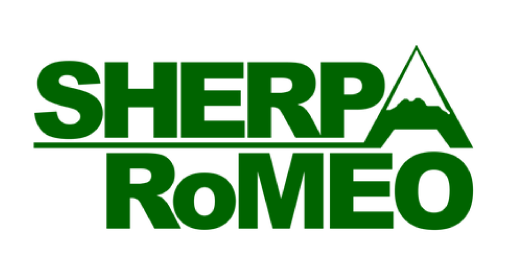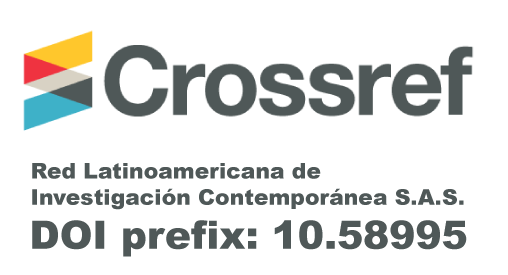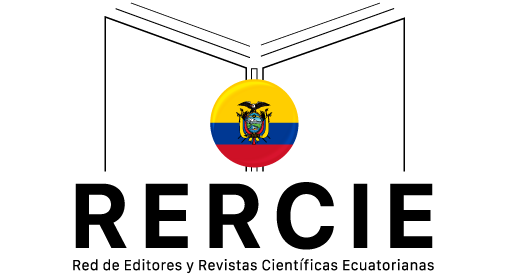Caracterización química y antioxidante del mucílago y la cáscara de uva de monte (Pourouma cecropiifolia) de la Amazonía Ecuatoriana
Abstract
La Amazonía ecuatoriana alberga una gran diversidad de frutos nativos con propiedades nutricionales aún poco estudiadas. Este trabajo tuvo como objetivo caracterizar la composición proximal, polifenoles totales y capacidad total antioxidante del mucílago y la cáscara del fruto amazónico Pourouma cecropiifolia. Las propiedades nutricionales se determinaron mediante los Métodos Oficiales de Análisis de la AOAC. Mientras que el contenido fenólico total y la actividad total antioxidante se determinaron por el Método de Folin Ciocalteu y ensayos ABTS+, respectivamente. Los resultados evidenciaron un contenido apreciable de carbohidratos y contenido de polifenoles y capacidad antioxidante en ambas partes. Sin embargo, la cáscara se destacó por su aporte de fibra, proteínas y minerales. Estos hallazgos resaltan el potencial nutricional y funcional de P. cecropiifolia para su aprovechamiento integral y contribuir a generar alternativas de valor agregado, fomentando la conservación de recursos de la biodiversidad local.
Downloads
References
- Alvarez-Suarez, J. M., Giampieri, F., Gasparrini, M., Mazzoni, L., Forbes-Hernández, T. Y., Afrin, S., & Battino, M. (2018). Guava (Psidium guajava L. cv. Red Suprema) Crude Extract Protect Human Dermal Fibroblasts against Cytotoxic Damage Mediated by Oxidative Stress. Plant Foods for Human Nutrition, 73(1), 18-24. https://doi.org/https://doi.org/10.1007/s11130-018-0657-2
- AOAC. (2005). Official Methods of Analysis of the Association of Official Analytical Chemists. AOAC International.
- Arnao, M. B., Cano, A., & Acosta, M. (2001). The hydrophilic and lipophilic contribution to total antioxidant activity. Food Chemistry, 73(2), 239-244. https://doi.org/https://doi.org/10.1016/S0308-8146(00)00324-1
- Barrios, J., Cordero, C. P., Aristizabal, F., Heredia, F. J., Morales, A. L., & Osorio, C. (2010). Chemical Analysis and Screening as Anticancer Agent of Anthocyanin-Rich Extract from Uva Caimarona (Pourouma cecropiifolia Mart.) Fruit. Journal of Agricultural and Food Chemistry, 58(4), 2100-2110. https://doi.org/10.1021/jf9041497
- Blind, A. D., Serudo, R. N., Miranda, C., Figueiredo, J. N. R., Silva Filho, D. F., & Noda, H. (2016). Biometria em frutos e sementes de mapati (Pourouma cecropiifolia) [Fruto Amazônico, Fruto globoso, Planta Progenitora]. 2016, 13(1), 6. https://doi.org/https://doi.org/10.3738/1982.2278.1560
- Espin, S., Gonzalez-Manzano, S., Taco, V., Poveda, C., Ayuda-Durán, B., Gonzalez-Paramas, A. M., & Santos-Buelga, C. (2016). Phenolic composition and antioxidant capacity of yellow and purple-red Ecuadorian cultivars of tree tomato (Solanum betaceum Cav.). Food Chemistry, 194, 1073-1080. https://doi.org/https://doi.org/10.1016/j.foodchem.2015.07.131
- Gallegos, M., Díaz, B., & López, J. (2021). COMPONENTES BIOACTIVOS Y USOS POTENCIALES DE LA UVA SILVESTRE (POUROUMA CECROPIIFOLIA) EN LA AGROINDUSTRIA, UNA REVISIÓN. RECIENA, 1(2), 36-44.
- Giampieri, F., Afrin, S., Stewart, D., McDougall, G. J., Brennan, R., Blyth, L., Gasparrini, M., Mazzoni, L., Capocasa, F., Alvarez-Suarez, J. M., Bompadre, S., Nogueira Brás de Oliveira, P., N. Santos, C., Masias, M., Agudo, P., Crespo, J., Mezzetti, B., Forbes-Hernández, T. Y., & Battino, M. (2018). Phytochemical Composition and Cytotoxic Effects on Liver Hepatocellular Carcinoma Cells of Different Berries Following a Simulated In Vitro Gastrointestinal Digestion. Molecules, 23(8), 1918. https://doi.org/https://doi.org/10.3390/molecules23081918
- Kashi, D. S., Shabir, A., Da Boit, M., Bailey, S. J., & Higgins, M. F. (2019). The efficacy of administering fruit-derived polyphenols to improve health biomarkers, exercise performance and related physiological responses. Nutrients, 11(10), 2389.
- Kong, K.-W., Ismail, A. R., Tan, S.-T., Nagendra Prasad, K. M., & Ismail, A. (2010). Response surface optimisation for the extraction of phenolics and flavonoids from a pink guava puree industrial by-product. International Journal of Food Science & Technology, 45(8), 1739-1745. https://doi.org/https://doi.org/10.1111/j.1365-2621.2010.02335.x
- Lukitaningsih, E. (2020). In vivo antioxidant activities of Curcuma longa and Curcuma xanthorrhiza. Food Research, 4(1), 13-19.
- Moreiras, O., Carbajal, A., Cabrera, L., & Cuadrado, C. (2013). Tablas de composición de alimentos (16.a Edición ed.). Ediciones Pirámide.
- Muhtadi, M., Haryoto, H., Sujono, T. A., & Suhendi, A. (2016). Antidiabetic and antihypercholesterolemia activities of rambutan (Nephelium lappaceum L.) and durian (Durio zibethinus Murr.) fruit peel extracts. Journal of Applied Pharmaceutical Science, 6(04), 190-194. https://doi.org/https://doi.org/10.1016/j.profoo.2015.01.028
- Pedrosa, H. C., Clement, C. R., & Schietti, J. (2018). The domestication of the Amazon tree grape (Pourouma cecropiifolia) under an ecological lens. Frontiers in Plant Science, 9, 203.
- Rafiq, S., Kaul, R., Sofi, S. A., Bashir, N., Nazir, F., & Ahmad Nayik, G. (2018). Citrus peel as a source of functional ingredient: A review. Journal of the Saudi Society of Agricultural Sciences, 17(4), 351-358. https://doi.org/https://doi.org/10.1016/j.jssas.2016.07.006
- Ramos, A. S., Souza, R. O., Boleti, A. P. d. A., Bruginski, E. R., Lima, E. S., Campos, F. R., & Machado, M. B. (2015). Chemical characterization and antioxidant capacity of the araca-pera (Psidium acutangulum): An exotic Amazon fruit. Food Research International, 75, 315-327. https://doi.org/https://doi.org/10.1016/j.foodres.2015.06.026
- Rodrigues, S., de Oliveira Silva, E., & de Brito, E. S. (2018). Exotic Fruits Reference Guide. Academic Press (Elsevier Inc.). https://doi.org/https://doi.org/10.1016/C2014-0-02888-2
- Thaipong, K., Boonprakob, U., Crosby, K., Cisneros-Zevallos, L., & Byrne, D. H. (2006). Comparison of ABTS, DPPH, FRAP, and ORAC assays for estimating antioxidant activity from guava fruit extracts. Journal of Food Composition and Analysis, 19(6-7), 669-675. https://doi.org/https://doi.org/10.1016/j.jfca.2006.01.003
- Tosif, M. M., Najda, A., Klepacka, J., Bains, A., Chawla, P., Kumar, A., Sharma, M., Sridhar, K., Gautam, S. P., & Kaushik, R. (2022). A concise review on taro mucilage: extraction techniques, chemical composition, characterization, applications, and health attributes. Polymers, 14(6), 1163. https://www.mdpi.com/2073-4360/14/6/1163
- Wang, S., & Zhu, F. (2020). Tamarillo (Solanum betaceum): Chemical composition, biological properties, and product innovation. Trends in Food Science & Technology, 95, 45-58. https://doi.org/https://doi.org/10.1016/j.tifs.2019.11.004
- Yánez, P. (1999). Geographical distribution and ethnobotanical aspects of tree species of the genus Pourouma ("uva de monte") Cecropiaceae, in the Ecuadorian Amazon region.

Published 2024-07-01
Keywords
- fruta amazónica,
- análisis proximal,
- compuestos bioactivos
Issue
Section
Copyright (c) 2024 Jorge Reyes-Mera, Derwin Viafara-Banguera, Reinier Abreu-Naranjo

This work is licensed under a Creative Commons Attribution 4.0 International License.



















